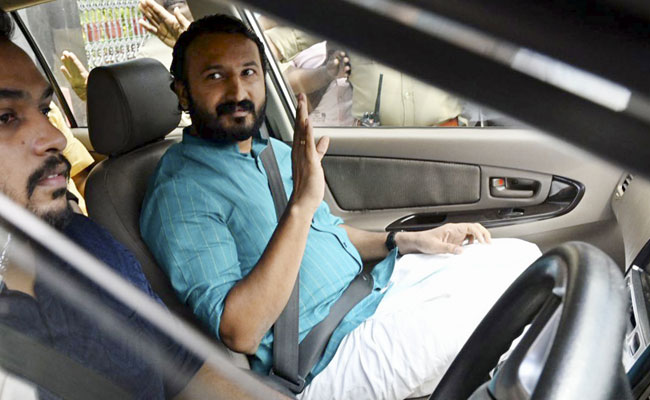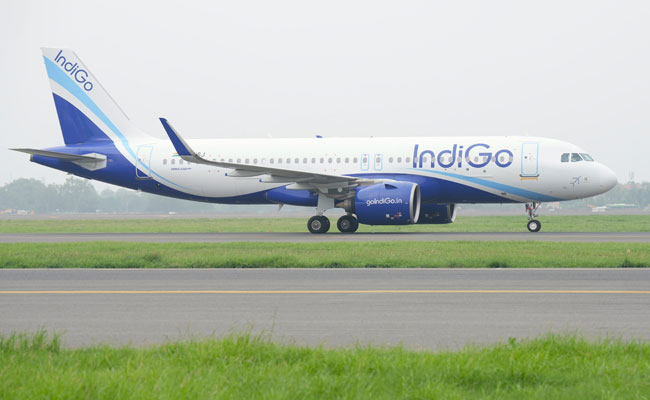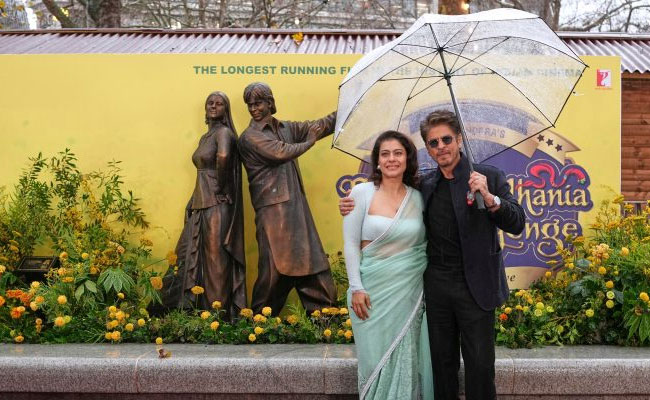Bengaluru (PTI): There is now no hope of waking up the Chandrayaan-3's moon lander and rover, an eminent space scientist said on Friday, signalling a possible end to India's third lunar mission.
Space Commission member and former ISRO Chairman A S Kiran Kumar, who was actively associated with the mission, told PTI: "No, no, there won't be any more hope of reviving. Now, if it should have happened, it should have happened by now. There is (now) no chance at all."
The ISRO said on September 22 -- after a new lunar day began -- efforts have been made to establish communication with solar-powered Vikram lander and Pragyan rover to ascertain their wake-up condition. As of now, no signals have been received from them. Efforts to establish contact will continue, it had said then.
With the Chandrayaan-3 mission, India scripted history on August 23 becoming the first country to touch down near the lunar south pole; and the fourth in the world to achieve soft-landing on the lunar surface after the US, the former Soviet Union and China.
The national space agency headquartered here had put the lander and rover into sleep mode, on September 4 and 2, respectively, before the sun set on the moon, hoping for their awakening at the next sunrise around September 22.
The lander and the rover are designed to operate for one lunar daylight period (about 14 earth days).
According to ISRO officials, all the three Chandrayaan-3 mission objectives -- demonstration of a safe and soft landing on the lunar surface, and demonstration of the rover roving on the moon and undertaking of in-situ scientific experiments on the lunar surface by its payloads and that of the lander -- have been achieved.
After landing on the moon, scientific payloads of the lander and the 26-kg six-wheeled rover had performed experiments one after the other so as to complete them within 14 earth days, before the pitch darkness and extreme cold weather engulfed the Moon.
ISRO officials had said that if it was able to reestablish communication with the lander and rover, it would be a "bonus"
"If our luck is good, we will have the revival of both the lander and rover and we will get some more experimental data, which will be useful for us to further do investigation of the moon surface", an official of the space agency had said.
On September 4, ISRO said Vikram lander exceeded its mission objectives. It successfully underwent a "hop" experiment. On command, it fired the engines, elevated itself by about 40 cm as expected and landed safely at a distance of 30 - 40 cm away. Importance ? This 'kick-start' enthuses future sample return and human missions !
The space agency said on September two that the rover completed its assignments, adding: "Hoping for a successful awakening for another set of assignments! Else, it will forever stay there as India's lunar ambassador."
On the accomplishment of the Chandrayaan-3 mission, Kiran Kumar said: "In the larger sense, what you have achieved definitely is you have reached an area (south pole) where nobody else has gone and got in-situ data of that region. And that is actually very useful information. It will benefit subsequent (missions) both in terms of knowledge and in terms of planning the activities that you want to do in that region".
He also spoke about the possibility of ISRO undertaking a sample-return mission to the Moon but gave no timeframe to undertake such a venture.
"Yes, definitely in future it will all be there because these are all technological capabilities you keep developing, now this (Chandrayaan-3) has shown soft-landing and subsequent ones will pick up material from there and come back, all those missions will definitely be there," Kumar said.
"In the future many of these things will be in the works. Plans will be made and then proposals will be put up based on the overall vision of technology development", he said. "It purely depends on how the overall planning happens, and how much resources are made available, so it's very difficult to tell (the time-frame for the sample-return mission).
Let the Truth be known. If you read VB and like VB, please be a VB Supporter and Help us deliver the Truth to one and all.
Thiruvananthapuram (PTI): A Special Investigation Team (SIT) has been constituted to probe a second case of sexual assault against expelled Congress MLA Rahul Mamkootathil, police officials said on Friday.
The SIT will be led by G Poonguzhali, Assistant Inspector General at the Police Headquarters.
The team also includes a DSP rank officer and sub-inspectors, officials added.
The second sexual assault complaint was received by the Kerala Pradesh Congress Committee, which it forwarded to the state police chief.
ALSO READ: Cong expels rape-accused MLA Mamkootathil from party's primary membership
Following this, the Crime Branch registered a case and launched an investigation.
Crime Branch officials said the email complaint contained only the sender's email ID and no other contact details.
As part of the probe, they have sent a reply email requesting that the complainant contact them and provide her statement.
The complainant has alleged that she was sexually assaulted under the false promise of marriage, a Crime Branch official said.
However, details such as the location and date of the alleged incident are not currently available to the police.
The SIT will attempt to trace the sender of the email and record her statement, which is crucial for further investigation, the officer said.
Mamkootathil was expelled from the Congress party on Thursday after a court here rejected his anticipatory bail petition in another rape case.
Police said he is currently absconding, and a manhunt is underway in Kerala and neighbouring states.





